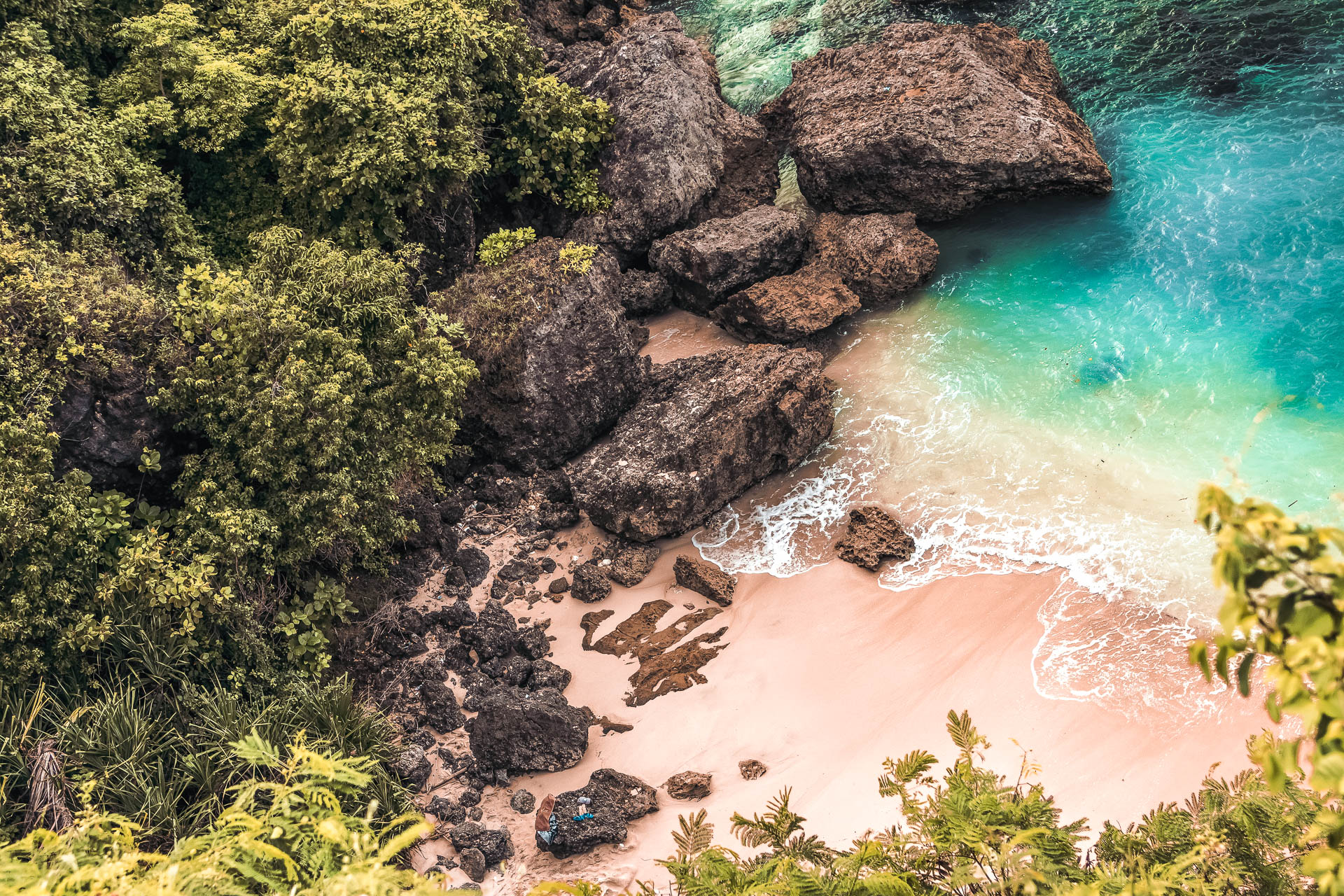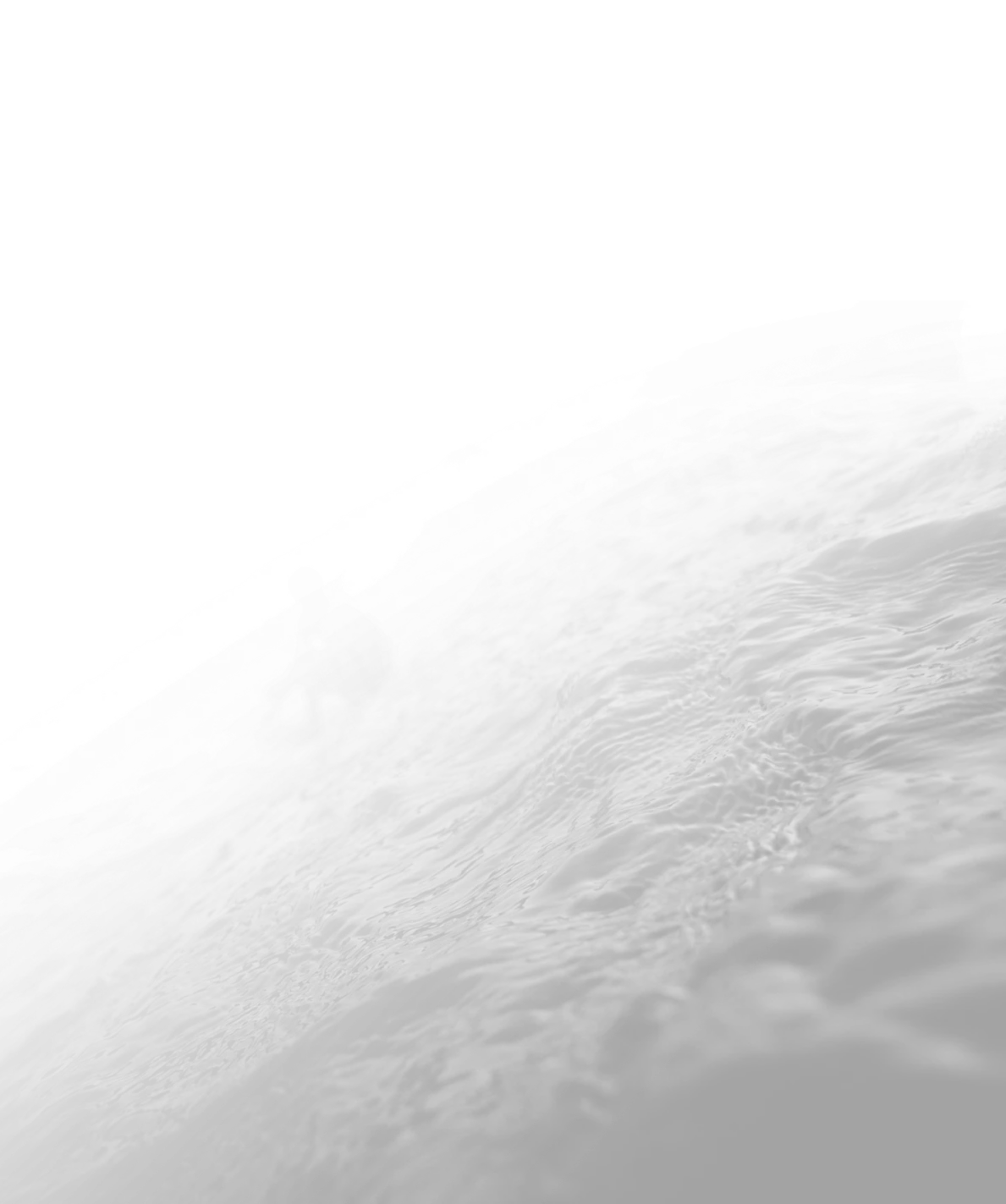Are you ready to catch some waves? If you have been wanting to learn the exciting sport of surfing, understanding the different types of surf break is crucial. In this article, we’ll take you on a journey through the ocean’s ever-changing landscapes, from point breaks to reef breaks, teaching you everything you need to know about the different types of surf breaks.
If you are a beginner surfer eager to learn, this guide will help you navigate the waves with confidence. So, grab your board and let’s ride the tide of surf break exploration!
What is a Surf Break?
A surf break is a specific part of the ocean where the waves break, creating an opportunity to surf. It is an important term and concept in the world of surfing. If you are a beginner, this is one of the very basic term that you need to know when learning to surf.
A surf break occurs when ocean waves encounter a change in the depth of the water, such as a sandbar, reef, or rock formation. This change in depth causes the wave to slow down and eventually break, creating a rideable wave for surfers. The shape and characteristics of a surf break can vary greatly from one location to another, resulting in different types of waves and surfing experiences.
Surf breaks can be categorized into different types, each offering a unique surfing experience. Point breaks, for example, occur when waves break along a point of land, creating long, peeling waves that are ideal for long boarders and those looking for a smooth, controlled ride. Beach breaks, on the other hand, are characterized by waves breaking on sandy bottoms, resulting in more unpredictable and shifting peaks.
Furthermore, surf breaks play a crucial role in attracting surf tourism to coastal communities. Popular surf breaks around the world have become renowned destinations for surfers, drawing travelers from all corners of the globe. These surf breaks not only contribute to the local economy through tourism but also foster a vibrant surf culture and community.
Overall, a surf break is a fundamental concept in surfing, representing the unique and dynamic interplay between waves, geography, and the ocean. It is a term that holds great value for surfers, as it influences their choice of waves, equipment, and overall surfing experience.
4 Types of Breaks Every Beginner Must Know
Understanding surf breaks is essential for surfers as it allows them to choose the right equipment, timing, and technique for optimal performance in the water. Different surf breaks require different surfboards and skills, so being familiar with the characteristics of a surf break can significantly enhance a surfer’s experience.
Beach Break
A beach break is a type of a surf break that is created by the sandy-bottomed sea floor. These type of breaks are created by the swells that break over the sandbars. Beach breaks offer a variety as sandbars can shift and change.
Beach breaks are also influenced by the different swell directions so that would mean surfers can come across all types of beach breaks. One may encounter waves that break straight, at certain angles or even those that refract around points or headlands. The appeal of these surf breaks are is further increased owing to variety in swell directions.
The conditions created by beach breaks are also diverse. Some beach breaks produce fast and punchy waves ideal for advanced surfer. Beginner and intermediate surfers need not feel disappointed as beach breaks also produce consistent, slow waves for a mellow surfing experience.
From fast and punchy waves to slow and mushy ones, the sandy-bottomed sea floor and shifting sandbars create a unique surfing experience. Surfers should be cautious of stingrays and be aware of exceptions where deep underwater canyons can produce heavier and more powerful waves.
Reef Breaks
These type of surf breaks are definitely thrilling but also challenging that attracts experienced surfers seeking powerful and hollow waves. Reef breaks are created when ocean swells interact with a rock reef or coral reef below the water’s surface. They offer some of the best and most surf-able waves even though they can also be dangerous due to the shallow waters and other potential hazards.
It is crucial or surfers who plan to ride reef breaks to be aware of the potential risks associated with surfing reef breaks. Surfers can injure themselves in the shallow waters from impact from the reef. It is advised for surfers to avoid wiping out onto the reef to minimize any chances of getting cuts, bruises or even other severe injuries. Additionally, surfers should be cautious of sharp, jagged rocks or coral formations that can cause injury. Wearing a wetsuit can help you minimize some of these cuts and bruises.
While reef breaks provide incredible waves for advanced surfers, it is important to approach them with caution and respect for the potential dangers they pose. Taking necessary precautions and being aware of the hazards can help ensure an enjoyable and safe surf experience at reef breaks.
Famous reef breaks around the world include the Pipeline in Hawaii, Teahupo’o in Tahiti, and Jeffreys Bay in South Africa. These breaks are renowned for their powerful waves and have attracted professional surfers from all over the globe.
Point Breaks
One of the most desirable surf breaks, point breaks welcomes all kinds of surfers – novices, intermediates and experienced surfers. They offer long and consistent waves, making them perfect for those seeking an extended ride and the opportunity to hone their skills. These point breaks could be sandy, rocky or reef bottomed.
Point breaks form from the interaction between ocean swells and headlands or reefs. Surfers can anticipate epic rides at point breaks due to their consistent wave shape and size. The waves at these breaks tend to peel and break evenly, creating a smooth and predictable ride. This consistent nature of point breaks enables surfers to learn and progress their skills, making them particularly attractive to beginners.
Beach breaks, reef breaks and point breaks are three of the prominent types of surf breaks. However, there are also other types of breaks that you should be familiar with.
Chicama in Northern Peru is renowned for its exceptionally long waves, which can reach up to two kilometers in length. Similarly, Anchor Point in Morocco offers consistent and powerful right-hand waves that draw professional and experienced surfers from around the globe.
River Breaks
This as the name suggests, are formed in rivers and occurs when an incoming tide meets a river. A unique break, these are characterized by standing waves or tidal bores. The breaks may also be formed when a rapid obstruction other than a river causes water to rise to create a wave-like feature.
There are two different types of river breaks – standing waves and tidal bores. The former is created when water flows over an underwater obstacle, whereas tidal bores are formed when the rising tide pushes against the direction of the river flow, causing a wave to form. Popular examples of river breaks around the world include the Severn Bore on the River Severn in the UK and the Waimea River in Hawaii.
Come learn all about surfing with Rapture Surfcamps at any of our camps in Bali, Portugal, Nicaragua, and Costa Rica. Fall in love with the sport with the help of expert instructors and insta-worthy accommodations.
Visit www.rapturecamps.com to book your next surf adventure now!
FAQs
The three main types of wave breaks are beach breaks, reef breaks, and point breaks. Beach breaks occur when waves break over a sandy ocean floor. Reef breaks occur when waves break over a coral reef or rocky ocean floor. Point breaks occur when waves break along a point of land or rocky promontory.
The two main types of surf breaks are beach breaks and reef breaks. Beach breaks occur when waves break over a sandy sea bed close to the shoreline, while reef breaks happen when waves break over a rocky or coral reef in deeper waters.
A mushy wave is a type of wave that breaks in a slow and gentle manner, often with little to no power. This type of wave is usually found in more sheltered areas and can be great for beginners who are just learning how to surf.
Surging waves are a type of wave that breaks in a powerful and sudden manner. Surging waves often have steep faces that can create large, hollow tubes for experienced surfers to ride. This type of wave is usually found in more exposed areas and is best suited for experienced surfers.
The tunnel of a wave is also known as the barrel or tube. When you ride inside of this tunnel, it is referred to as “tubing” or “barrelling.” The tunnel is created when the crest of the wave curves over and forms a hollowed-out shape in the face of the wave, which allows surfers to ride inside it.
A violent wave is called a surging wave. Surging waves are powerful and sudden, with steep faces that can create large, hollow tubes for experienced surfers to ride. This type of wave is usually found in more exposed areas and is best suited for experienced surfers.

